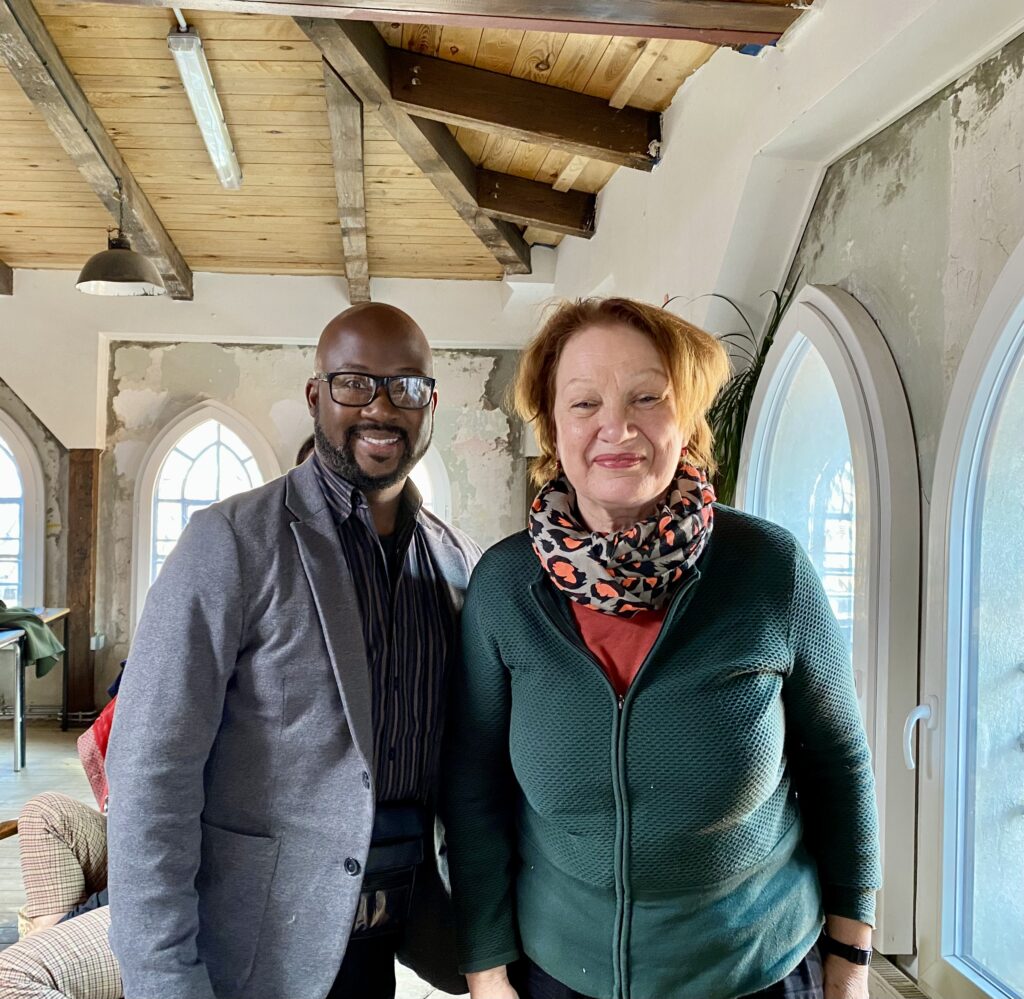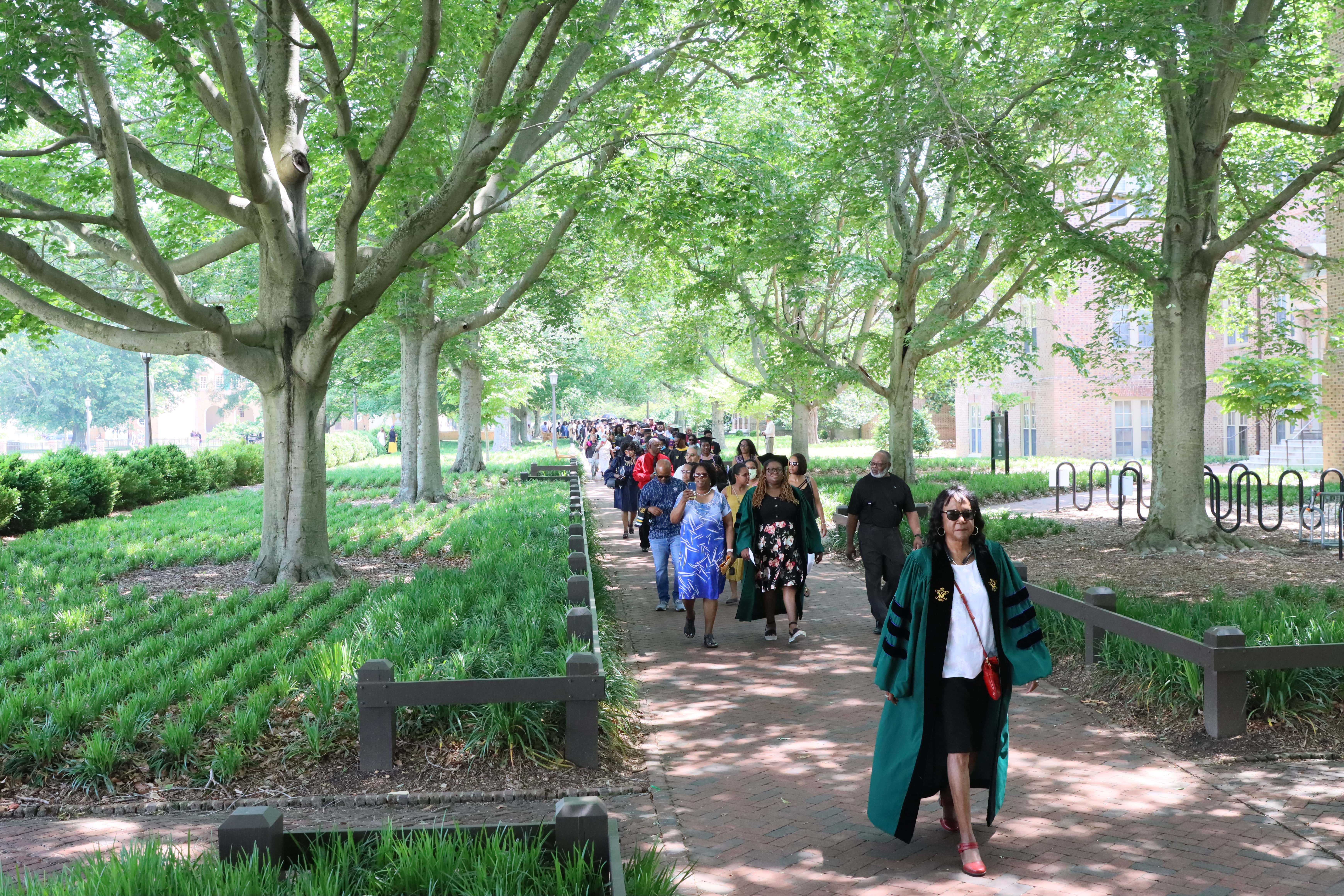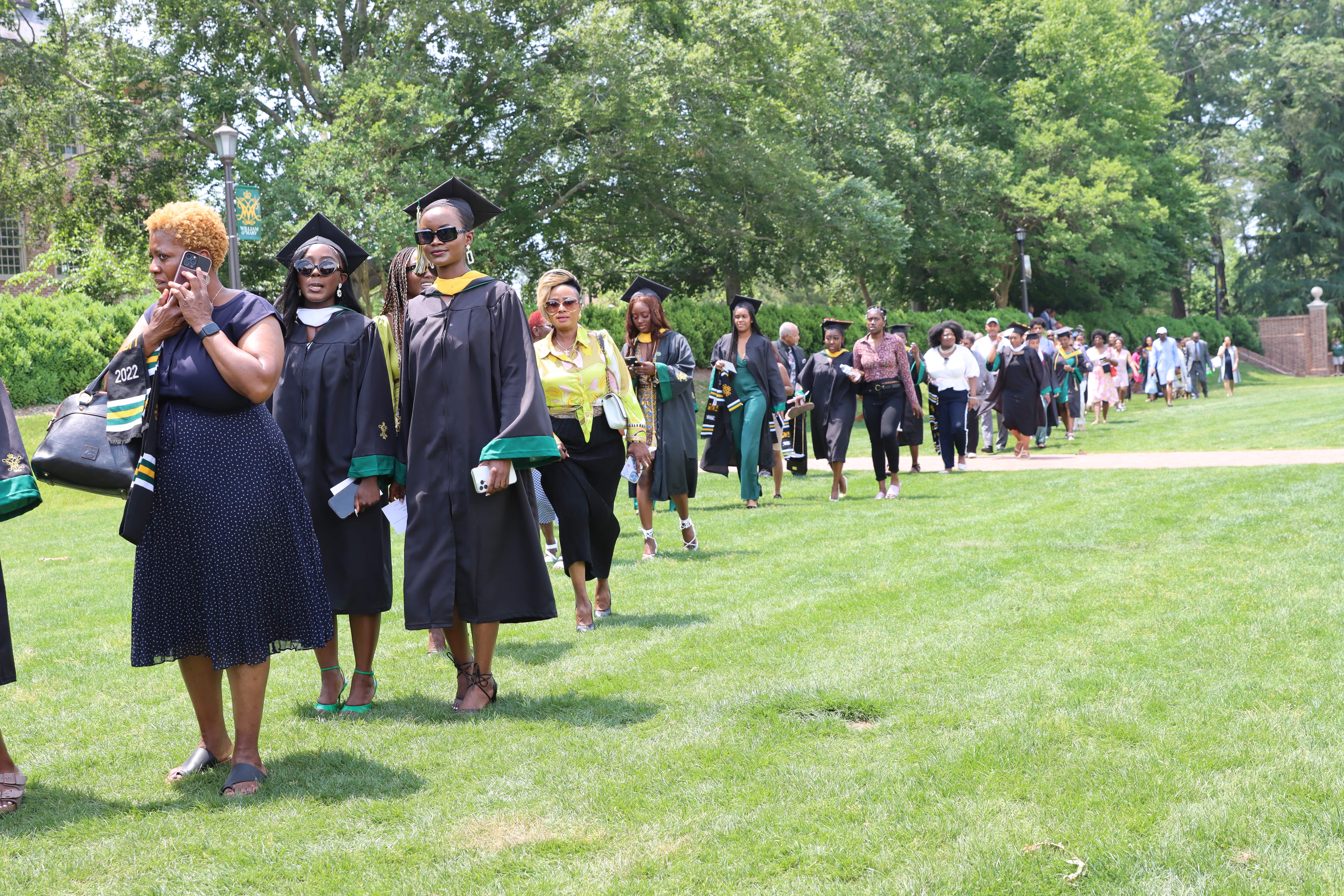by Caroline Watson, Anthropology Graduate Assistant
Archaeology is intimately tied to the concept of place. Many think that archaeology is about discovering “new” places. Yet most often what archaeologists do is reveal places that already exist —places that have been ignored, reburied, or shifted around over time by natural or deliberate forces. A current of discovery does exist in the undertow of archaeological investigation, however, especially as we think of how social forces become entangled with the material world in ways that continuously create or reimagine meaningful places.
In thinking of how meaningful material places are constructed at William & Mary, it helps to keep an open mind. Let’s start with the brick walkways around campus—have they ever looked the same one day to the next? Really think about it! Every day, these bricks transport people to their campus destinations, and they are shifted around ever so slightly by the people who walk (or trip!) over them, steal them, or remove them to create space for new construction. Yet, despite these everyday delicate changes, many still perceive the bricks as a singular entity. Through this process, they have become a material index to William & Mary’s image, identity, and history. We can therefore imagine how these very human actions and experiences become embedded into William & Mary’s bricks. This is what makes them an inherently archaeological place imbued with cultural meaning.
But what happens when those bricks are associated with just one social history? The university, like many others, has intentionally maintained its brick aesthetic to uphold the image of William & Mary as a place for academic elites. Yet, this image is inherently constructed by whitewashing the university’s history and stripping away other social identities from the campus landscape. This becomes clear when we remember the free Black and enslaved workers who produced the bricks and buildings of Historic Campus themselves, but whose connection to the campus image has been historically and forcibly erased. In this way, bricks are a material entryway into understanding William & Mary’s construction of place.
Setting aside bricks for now (thank goodness, right?), my goal with the Lemon Project is to investigate other overlooked material places. By extension, this means I am also looking into the activities, behaviors, and people who are associated with campus places and who have long been overshadowed by colonial power. Materially speaking, the social lives and identities of enslaved peoples at William & Mary have been buried. For example, outbuildings, possibly associated with enslaved people, were destroyed during the construction of the Sunken Garden. Campus renovation projects have torn down buildings and drastically altered the campus landscape and its archaeological record. What’s more, all these physical changes are coated with layers of intentional forgetting. To reimagine William & Mary in more inclusive ways, then, we must first understand the processes through which non-white identities were disassociated from campus places and then work to re-associate this landscape with their experiences, activities, and presence.
There are several places we can start. As I have mentioned in previous Lemon Project presentations, one place where archaeology has helped materialize enslaved history is through the identification of a subfloor pit in the President’s House parking lot. This feature dates to around the mid-19th century based on the artifacts that came from it.[1] Archaeologists working in the mid-Atlantic region have long associated these dug-out features with enslaved living quarters.[2] I argue that such a finding on Historic Campus represents a possible place where the lives and labors of enslaved people emerge from the buried surface. In this perspective, the Wren Yard ceases to exist as a place of stagnant and permanent white history. Instead, it becomes an area of active archaeological inquiry.
William & Mary faculty, staff, and students are also constructing other material “ruptures” in new ways that create space for Black histories. Hearth: Memorial to the Enslaved and the Sankofa Seed sculpture, for example, are two places where silenced memories at William & Mary erupt and exist on the campus landscape. Hearth (pronounced /härTH/) is a place that grounds multiple temporalities. It simultaneously rematerializes the presence of enslaved people at William & Mary while also fostering a new sense of belonging for students of color, past, present, and future. Recent excavations in the Wren South yard, close to where Hearth is now, also bring forth the memory of enslaved labor through material findings. Archaeologists identified a large saw pit in this area of Historic Campus, a feature that directly associates this space with labor activities, like brickmaking, food preparation, and butchering.[3] Enslaved people did this work. Thus, a strong link is forged between Hearth, which sits on the visible surface, and other material evidence of enslaved history that persists on campus below the ground. In this case, an archaeological perspective has helped to create a more meaningful and inclusive narrative about a place of Black history on campus. I hope that my work can continue to blend the past, present, and future in ways that help us reimagine places at William & Mary.
[1] Moore, W.H. (2006). Archaeological Survey and Evaluation of the Proposed Manhole Structure Project Area, President’s House Parking Lot, College of William and Mary, City of Williamsburg, Virginia. WMCAR Project No. 06-16. William and Mary Center for Archaeological Research, 40. Interested in seeing these reports? I’ve been digitizing them! Email lemon@wm.edu for a scan.
[2] Samford, Patricia (2007). Subfloor pits and the archaeology of slavery in Colonial Virginia. University of Alabama Press.
[3] Edwards, Andrew C. (2016). Archaeology of the South Wren Yard. The Colonial Williamsburg Foundation, 79-107.
Comments closed































